The space race was a series of competitive technology demonstrations between the United States and the Soviet Union, aiming to show superiority in spaceflight. It was an outgrowth of the mid-20th-century Cold War, a tense global conflict that pitted the ideologies of capitalism and communism against one another, according to an online exhibit from the National Air and Space Museum (opens in new tab).
From the late 1950s to the mid-1970s, the two superpowers were embroiled in a bitter competition over who could ‘conquer’ outer space first. Beginning with the launch of the first satellite and culminating with a joint mission between the two superpowers, the space race was a unique period in space exploration.
How the space race began
Following the end of the Second World War, a bitter ideological conflict between the United States and the Soviet Union known as the Cold War, began. The Cold War had many battlefields, from the United States intervention in Vietnam to the nuclear arms race. Another area of conflict was the battle to ‘conquer’ the exploration of space first. The first aim in this “space race” was the launching of an unmanned object, a satellite, which could successfully orbit the earth.
The United States first began planning this venture in 1954, according to an article by NASA. However, on Oct. 4, 1957 the Soviet Union announced that they had successfully launched a satellite called Sputnik. A month later they followed this with the launch of Sputnik 2, which carried a dog named Laika, making them the first to send a living creature into outer space, according to the Royal Museums Greenwich.
In the United States, the response to the news that the Soviet Union had sent an object into outer space, caused public panic. “When Sputnik launches, President Eisenhower doesn’t see it as an existential threat,” according to Brian C Odom, acting Chief Historian for NASA. “He sees it as just what it was, the Soviet Union launching a transceiver transmitter into orbit. But the American public saw it differently, right because they saw it as this larger cold war competition.”
Birth of NASA
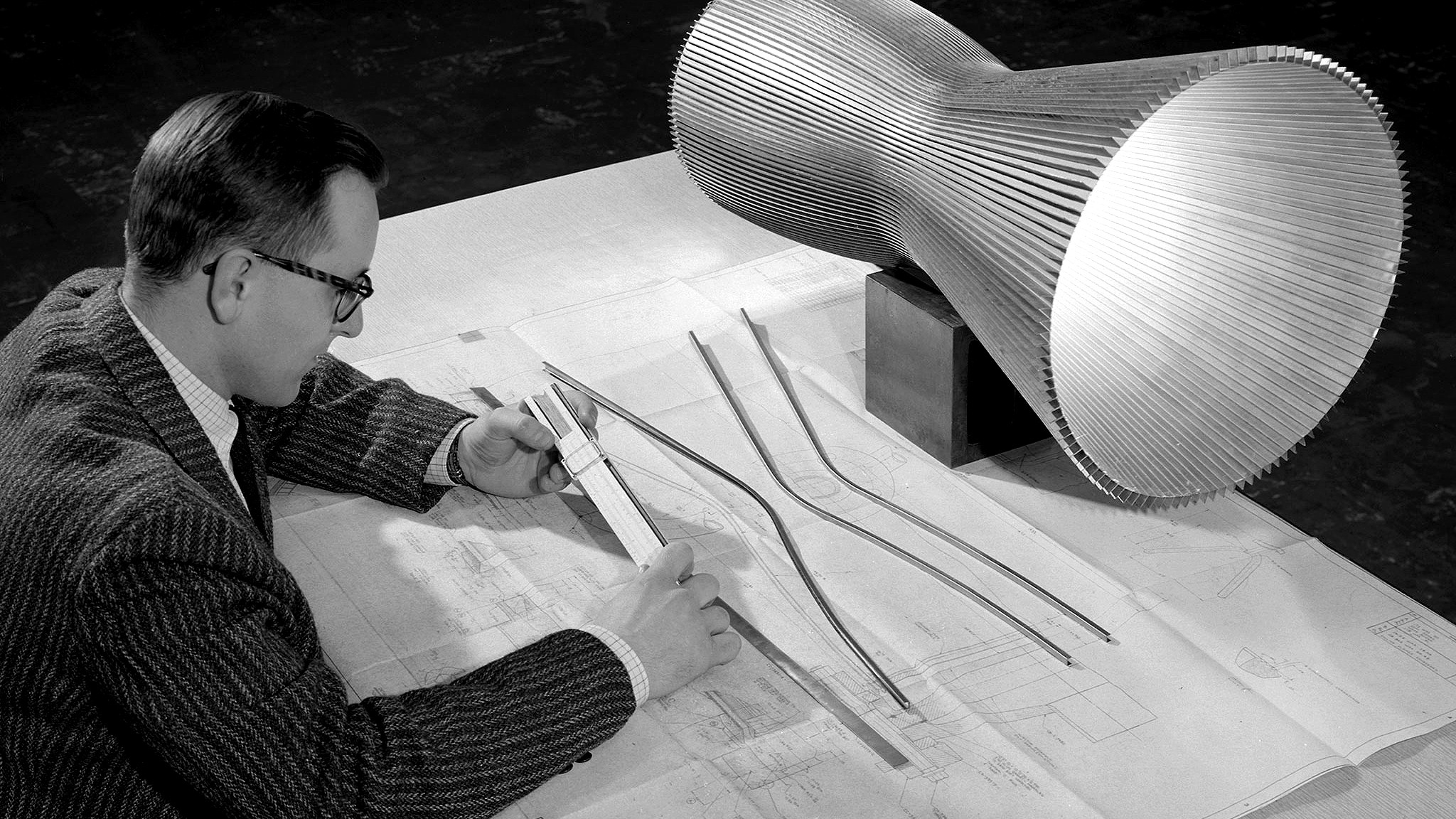
Following the launch of Sputnik, it was deemed appropriate that a private organization should be founded in order to to best facilitate the burgeoning American Space Program, according to (opens in new tab) NASA. In late 1957, America’s first attempt at a satellite, the Vanguard TV-3, almost immediately crashed back onto the launchpad, according to The Smithsonian Air and Space Museum (opens in new tab). Although the successful launch of Explorer 1 on Jan. 31, 1958 did help soften this blow, it was still decided that a private body should be set up.
There were other factors involved too. “Eisenhower’s chief problem during this period was which branch of the military would be responsible for developing a launch vehicle,” according to Odom, “however, this was problematic because it put the various branches in competition with each other. Eisenhower was really trying to disentangle all the military branches from being in competition with each other and move space exploration into a government agency dedicated to peaceful, open communication.”
NASA officially opened for business on Oct. 1, 1958. However, the early years of NASA were a far cry from what the organization would become. The fledgling institution was in a process of finding its feet and discovering how it would approach the various problems concerned in launching both humans and objects into space. “In those early years, particularly 1958-1961, NASA was working to understand what its overall program would be,” Odom said.
“What were its priorities, where would it apply the majority of its funding? There was a huge element of NASA that was thinking, what are the scientific questions that this agency is going to answer? Questions like what can we do with satellites in space? It was kind of a wild west, It was trying to figure out what it wanted to be.”
The first man into space
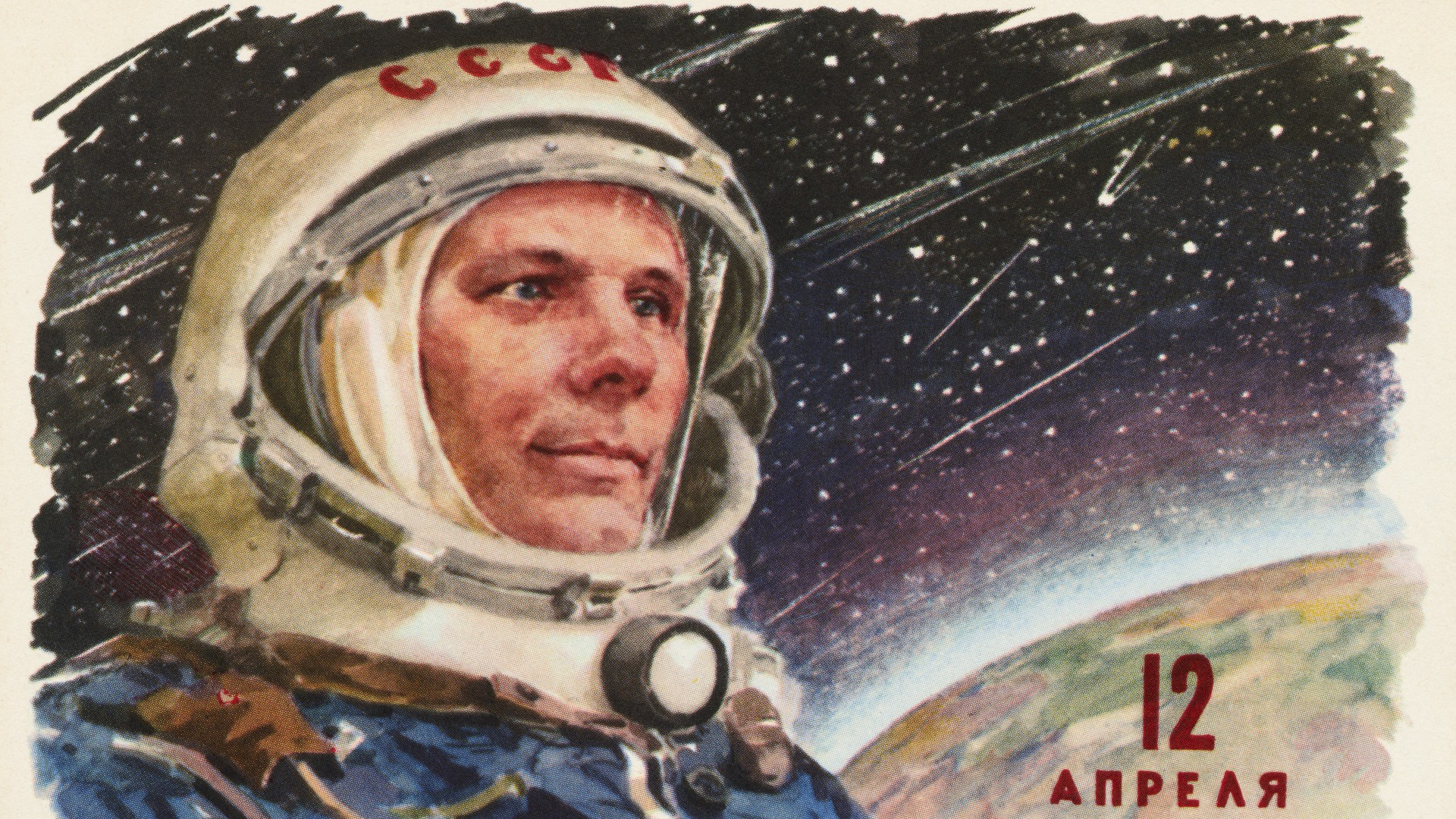
On the April 12, 1961, Soviet Cosmonaut Yuri Gagarin became the first man into space when he successfully completed a 108 minute flight orbiting the earth a single time, According to New Scientist (opens in new tab). Following the flight Gagarin became a celebrity within the Soviet Union but was kept from returning to space due to the authorities fears that, were there to be an accident, they could lose a useful propaganda tool, according to the BBC (opens in new tab). However on March 27, 1968, Gagarin died in an accident during a routine training flight, according to Phys.Org (opens in new tab).
A month after Gagarin’s historic flight, on May 5, 1961, the United States were able to catch up with their Soviet Rivals, when Navy Test pilot Alan Shepard became the second man into space, according to The Smithsonian Air and Space Museum. (opens in new tab) Because of the placement of the portholes in the capsule, Shepard was unfortunately unable to view any stars, according to his flight report (opens in new tab).
“Following Shepard’s flight in May 1961, it became very clear that the space race was continuing,” Odom said. “President Kennedy committed to the lunar program and once that commitment was made, the resources came with it. NASA’s attention for the next seven or eight years was focused on putting a man on the moon.”
A major turning point in the space race occurred that same month, when U.S. President John F. Kennedy stood before legislators in Congress and announced that he had committed NASA to landing people on the moon before the end of the decade.
Dangers of the space race
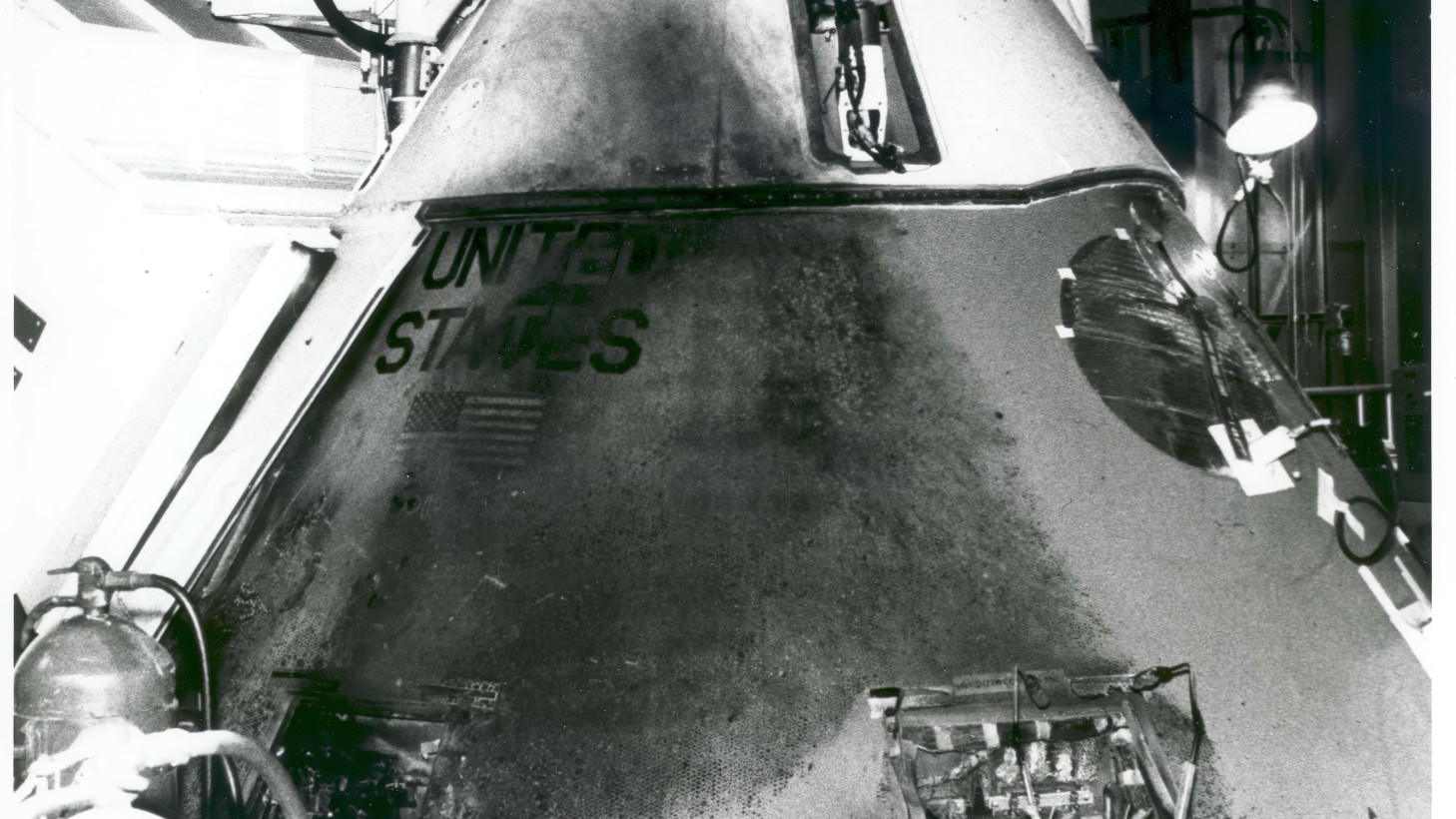
Alongside the victories there were also many losses, reaffirming just how dangerous space flight could be. On Jan. 27, 1967, the U.S. program had its first major disaster when a flash fire broke out during a simulated launch for the first lunar module, Apollo 1. The first death of an astronaut during a mission was that of the Soviet Cosmonaut Vladimir Komarov. On the April 24, 1967, Komarov’s craft Soyuz 1 crashed when its parachute became tangled, according to the BBC (opens in new tab).
But how does contemporary, or more recent spaceflight, compare to these early pioneering years? “One thing to stress is that space exploration has not gotten easier,” according to Odom. “The challenges that were there in the very beginning are still the challenges that we face today. Yes, they were developing brand new systems and putting human beings at the top of rockets that were built for nuclear delivery systems [the Mercury and Gemini programs] but what we’ve learned over the decades of space exploration is that it hasn’t gotten easier. Remember the Challenger accident in 1986, the Columbia accident in 2003. Space is still very, very challenging and dangerous.”
Aim for the moon
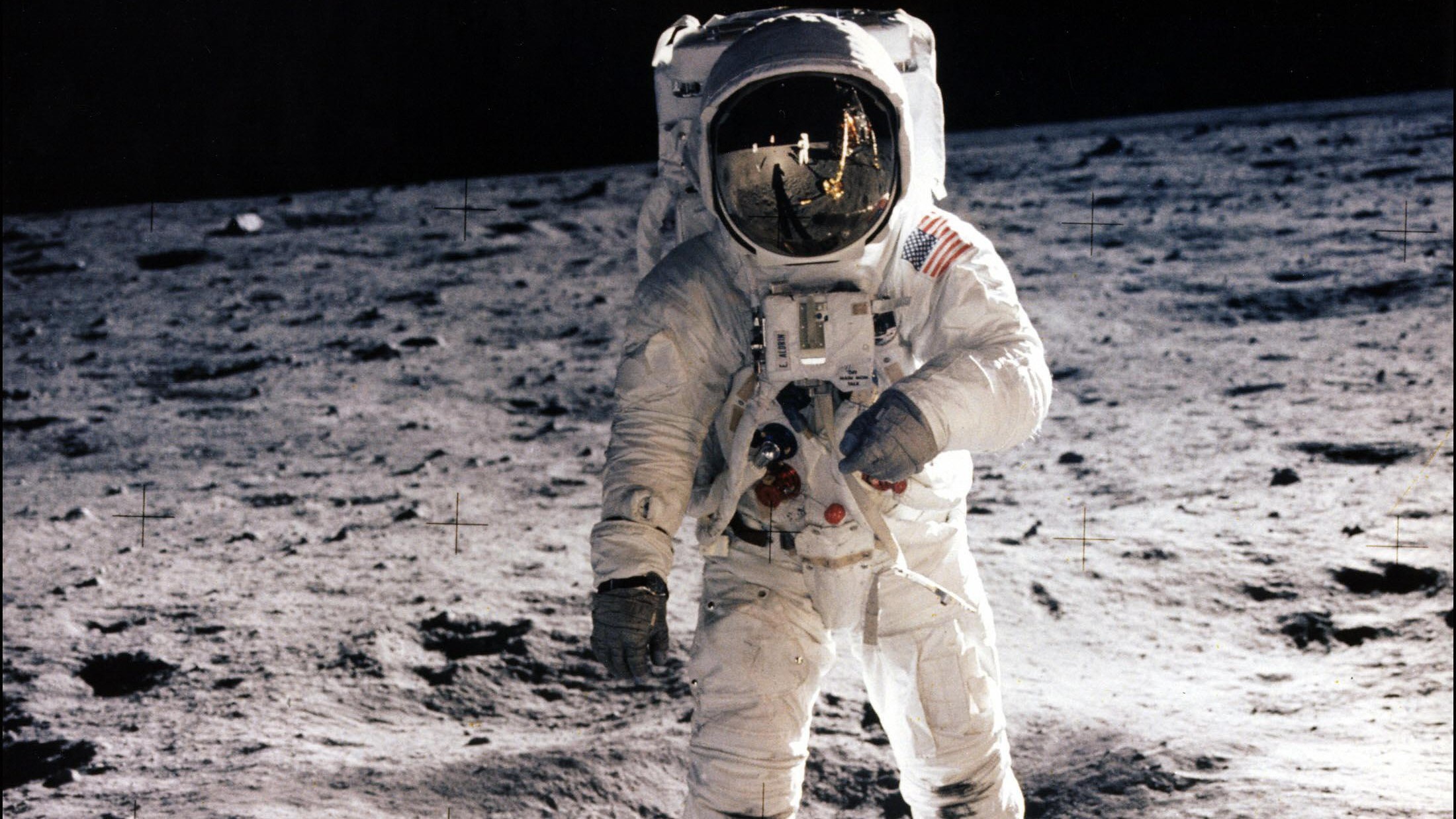
On the Sept. 12, 1962, President Kennedy delivered a speech at Rice University Stadium, providing a clear goal for Americans in the developing space race: to put a man on the moon with the Apollo Program. “We choose to go to the Moon” Kennedy began” in this decade and do the other things, not because they are easy, but because they are hard, because that goal will serve to organize and measure the best of our energies and skills,” according to the JFK Library (opens in new tab).
Kennedy’s speech followed an earlier one made to congress on the May 25, 1961, following Yuri Gagarin’s successful spaceflight, according to the Smithsonian National Air and Space Museum (opens in new tab). Shortly after this speech, NASA’s budget would increase by 89% and it’s research would now have one clear long term aim in mind – though there would be other victories and developments in the short term.
“The space race was really a race to the moon,” according to Odom.”Kennedy wanted to get to the moon first. It would be a great propaganda coup. In the global South, you had a lot of countries becoming independent from former colonial powers. What system would they follow? Would they follow the US liberal democracy or would they follow the Soviet example of communism? Kennedy saw the race to the moon as a way to demonstrate American technological power and the benefit of one system over another.”
Moon landing

On July 16, 1969, Apollo 11 launched from the Cape Kennedy space center. Four days later, at 10.56 PM EDT on July 20, Neil Armstrong exited the space capsule and became the first man to walk on the moon, proclaiming: “That’s one small step for a man, one giant leap for mankind,” according to NASA. Although conspiracy theories persist that the moon landing was a hoax, more than half a billion people watched the historic event, which was broadcast on television, according to the BBC.
This was a clear victory for the United States over the Soviet Union, whose own lunar program had made a number of failed attempts. Between 1963 and 1965, 11 rockets had been launched carrying small landing objects with air bags to cushion the impact, all unsuccessful, according to Popular Mechanics. Achieving this goal in 1966, they then shifted their researchers to putting the first man on the moon. However, various issues with rocket launches caused the Soviet scientists to consider a robotic launch instead. Days before the Apollo rocket took off, the Soviet Luna 15 launched. This automated module was intended to achieve a soft landing and bring back samples from the lunar surface, however communication was lost and it is suspected it crashed into the moon’s surface, according to The New York Times.
The question remains though, how significant a victory was the moon landing? “As historians, it’s something that we are still debating, according to Odom. “I think the moon landing really resonates more today in terms of the propaganda aspect, it was a huge achievement. The incredible achievement of building the technological systems that could enable you to do this to land the human being on the moon and return safely. But the actual landing on the moon, did it achieve Kennedy’s goal of demonstrating the superiority of one set of institutions over another? I think historians still debate that question.”
Who won the space race?
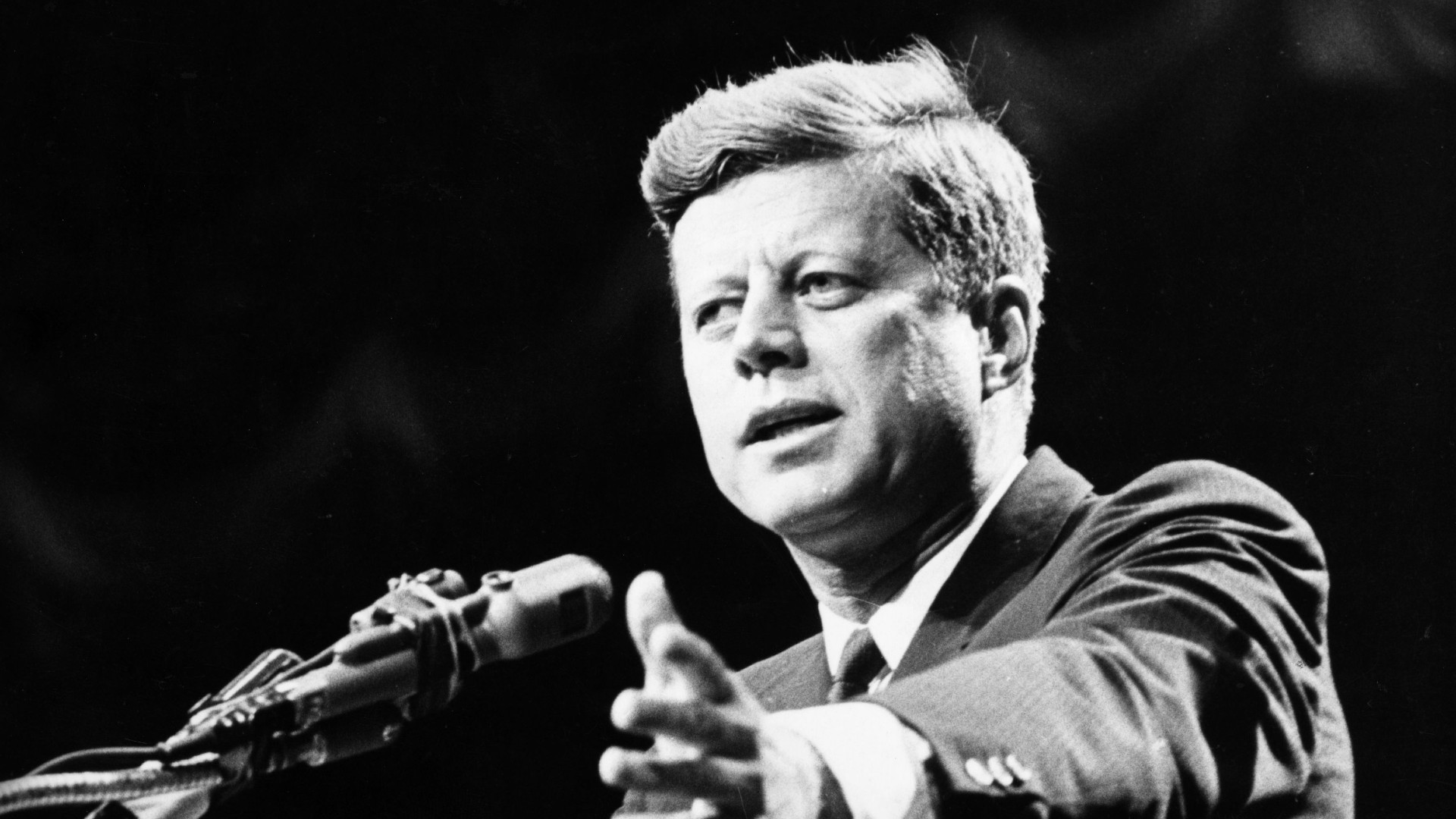
Over the next few years, each side in the space race took several other firsts. The Americans achieved the first interplanetary flyby when Mariner 2 sped past Venus in 1962, followed by the first Mars flyby in 1965 with Mariner 4. The Soviets sent the first woman into space, Valentina Tereshkova, in 1963 (a feat that would take the U.S. 20 more years to achieve). Other nations launched their own rockets and satellites, including Canada in 1962, France in 1965, and Japan and China in 1970.
Though there were additional American and Soviet missions, after the successes of the Apollo program, the space race was widely believed to have been won by the U.S. Eventually, as the Cold War wound down, both sides agreed to cooperate in space and construct the International Space Station beginning in 1998.
As the 1960s ended and the 1970s began, a policy of ‘detente’ lead to a cooling of tensions between the two superpowers and discussions, on topics such as arms control, began, according to the Office of the Historian (opens in new tab).
The Soviet space program would also suffer a colossal blow when the Salyut 1 mission ended in disaster. Following the moon landing, the Soviet space program instead switched it’s focus to placing the first space station in orbit, according to Astronomy.com. However the astronauts in the Soyuz 11 capsule were all killed when a faulty valve, triggered when the instrument modules were separated from the orbital capsule, caused an oxygen leak. The crew are the only humans to have died in space, according to The National Space Center.
In 1975, as a symbol of cooperation between the two superpowers, a joint mission (called the Apollo-Soyuz mission) between the USA and the USSR was launched. On July 17 an Apollo shuttle docked with the Soyuz mission, and the crews greeted each other, according to NASA. symbolic handshake, broadcast globally, between commanders Tom Staffford and Alexi Leonov. In many ways this can be seen as a symbolic end to the space race.
Yet despite the space race coming to an end, its impact is irrefutable. “We can’t forget about the Cold War context for all this activity and the seemingly existential threat of the Soviet Union,” according to Odom.
“As a historian looking at this from a contextual standpoint, I can tell you that I don’t think Kennedy would commit to going to the moon without the race between the U.S. and the Soviet Union. Without the Apollo program, how far and how quickly would our technology have advanced to the point it is at today? The Cold War made the moon landing a priority in Kennedy’s mind and his commitment to it really does change America and American technology.”
Is there a current space race?
Now, some believe that a new space race has begun with the United States pitted against superpowers such as China and India, as well as old rival Russia. But some criticise this notion.
“The Russians don’t have a stated public interest in going to the moon with human spaceflight,” Wendy Whitman Cobb, a political scientist at Cameron University in Oklahoma, told Space.com. “[The Chinese] have taken a purposefully slow, methodical approach to spaceflight and for them, I think the motivations are more in the military and national-prestige realms.”
The world is much more complex today than it was during the Cold War, when two major superpowers vied for dominance. Now, private companies, such as Elon Musk’s SpaceX and Jeff Bezos’ Blue Origin, have joined in a new contest to show off their spaceflight capabilities, according to the BBC (opens in new tab). While there are some competitive aspects, such as the potential for fights over limited lunar resources, tomorrow’s space races will involve a greater number of actors and more muddled win-lose scenarios than before.
Additional resources:
The NASA History Division (opens in new tab) contains a wealth of information and documentation for anyone wishing to research the history of the organization. For a comprehensive list of important dates relating to the Space Race, check out Royal Museums Greenwich (opens in new tab) timeline. The Smithsonian National Air and Space Museum has a number of items related to the space race among it’s collections, which can be viewed here (opens in new tab).
Timeline of the space race
Oct 4, 1957: The Soviet Union successfully sends the first man-made object into space. Sputnik is the world’s first orbital satellite.
November 3, 1957: The second experimental spacecraft successfully launched into earth orbit, Sputnik 2 contained onboard the dog Laika – the first biological organism to enter space.
January 31, 1958: The United States launches its first satellite, Explorer 1, following the launch of Sputnik three months earlier.
October 1, 1958: On 29th July 1958, President Eisenhower signed the Aeronautics and Space Act which established the organisation of the same name, commonly known as NASA.
September 12, 1959: The Soviet Union launches Lunar 2, the first spacecraft to successfully land on the surface of the moon.
April 12, 1961: Soviet cosmonaut Yuri Gagarin became the first man into space when he successfully completed a 108 minute flight orbiting the earth a single time.
August 19, 1960: The USSR launches Sputnik 5 carrying two dogs, Belka and Strelka, who became the first animals to return to earth following a day in space.
January 31, 1961: NASA sends Ham, a Chimpanzee into space. Despite the capsule losing pressure, Ham is saved by his spacesuit and returns to earth.
May 5, 1961: Alan Shepard becomes the first American astronaut in space. Purportedly, due to the placement of the portholes he was unable to see the stars.
May 25 1961: President Kennedy makes a speech to congress in which he announces that the United States will put a man on the moon before the end of the decade.
June 16, 1963: Valentina Tereshkova becomes the first woman into space, orbiting the earth 48 times across almost three days.
July 14-15, 1965: The Mariner 4 becomes the first spacecraft not only to successfully travel to Mars but also the first to take a photograph of another planet from space.
March 18, 1965: For 12 minutes Soviet Cosmonaut Alexi Leonov floats freely in outer space on the end of nearly 16 foot long tether, becoming the first astronaut to ‘space walk’.
February 21, 1967: Astronauts Virgil I Grissom, Edward Higgins White and Roger Chaffee lose their lives when a fire breaks out on their spacecraft during a launch rehearsal test.
July 20, 1969: At 10.56 PM EDT Neil Armstrong became the first man to walk on the moon.
April 11-17, 1970: When an oxygen tank explodes aboard Nasa’s third moon landing mission, Apollo 13, astronauts are fortunately able to return home in the lunar module, averting any loss of life.
April 19, 1971: Salyut 1 is launched by the U.S.S.R. becoming the first space station, orbiting the earth 3,000 times during 157 days in orbit.
July 15-24, 1975: As a policy of detente leads to a cooling of tensions between the two superpowers, a joint mission between the U.S.A. and the U.S.S.R. is launched.

